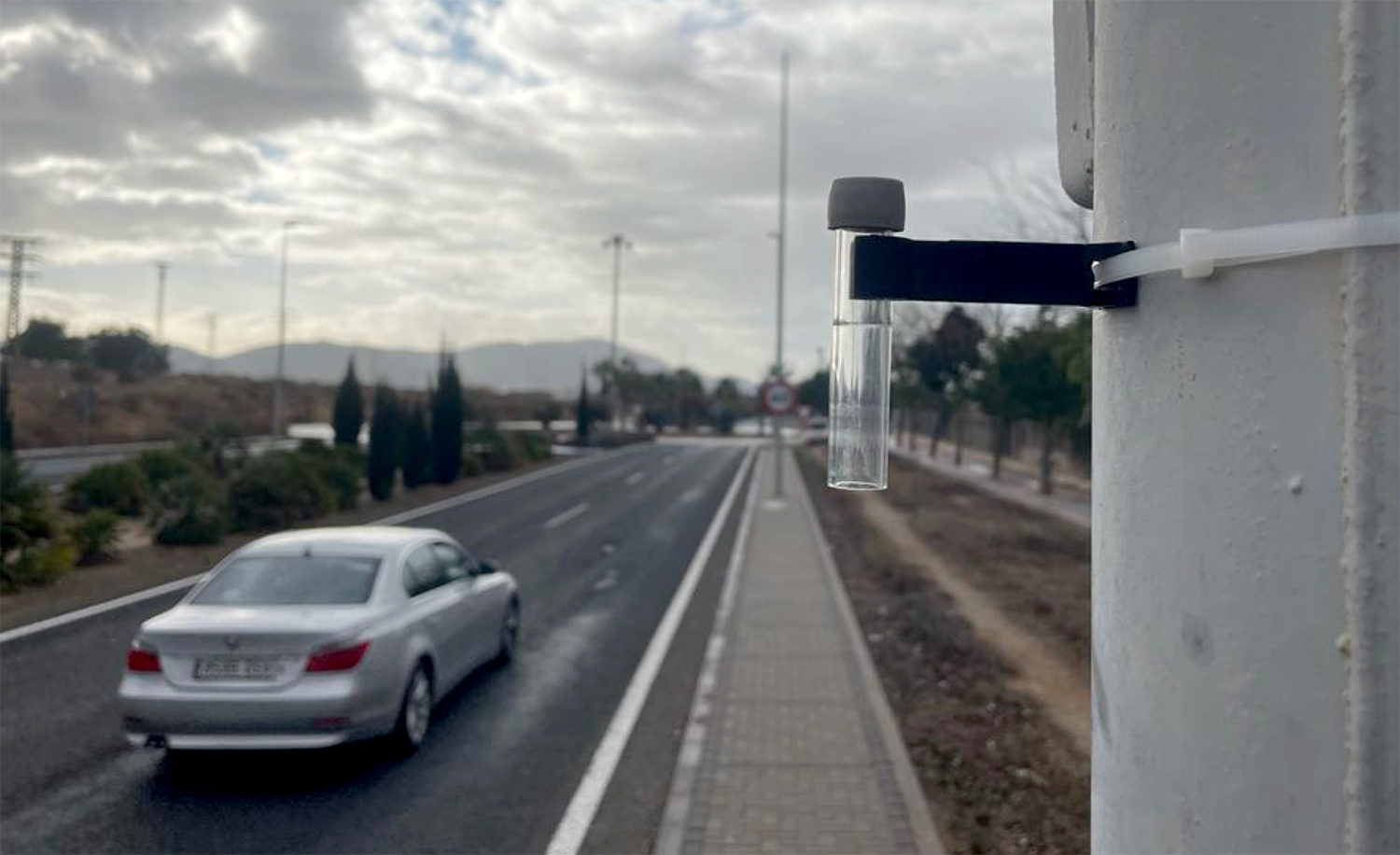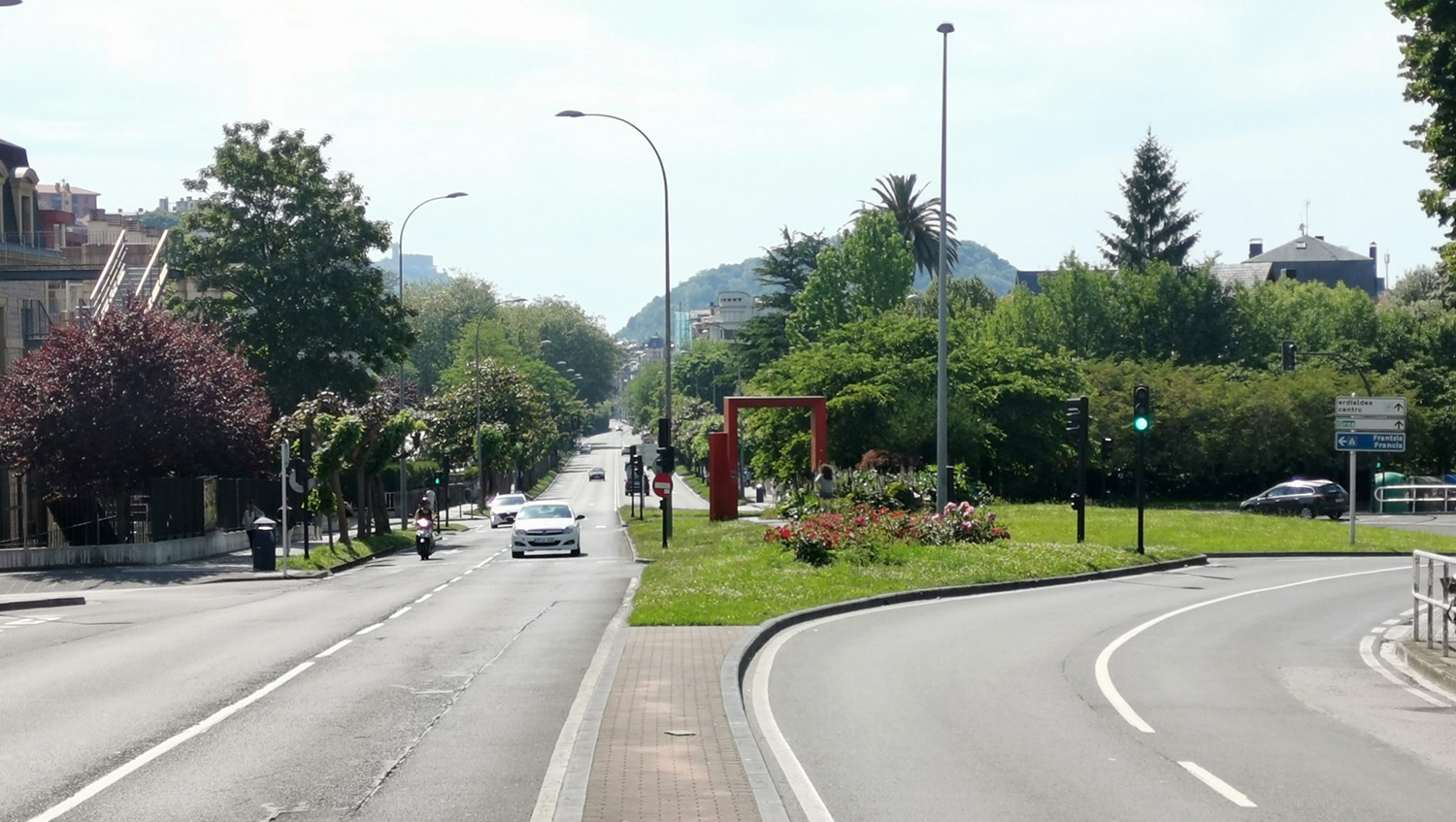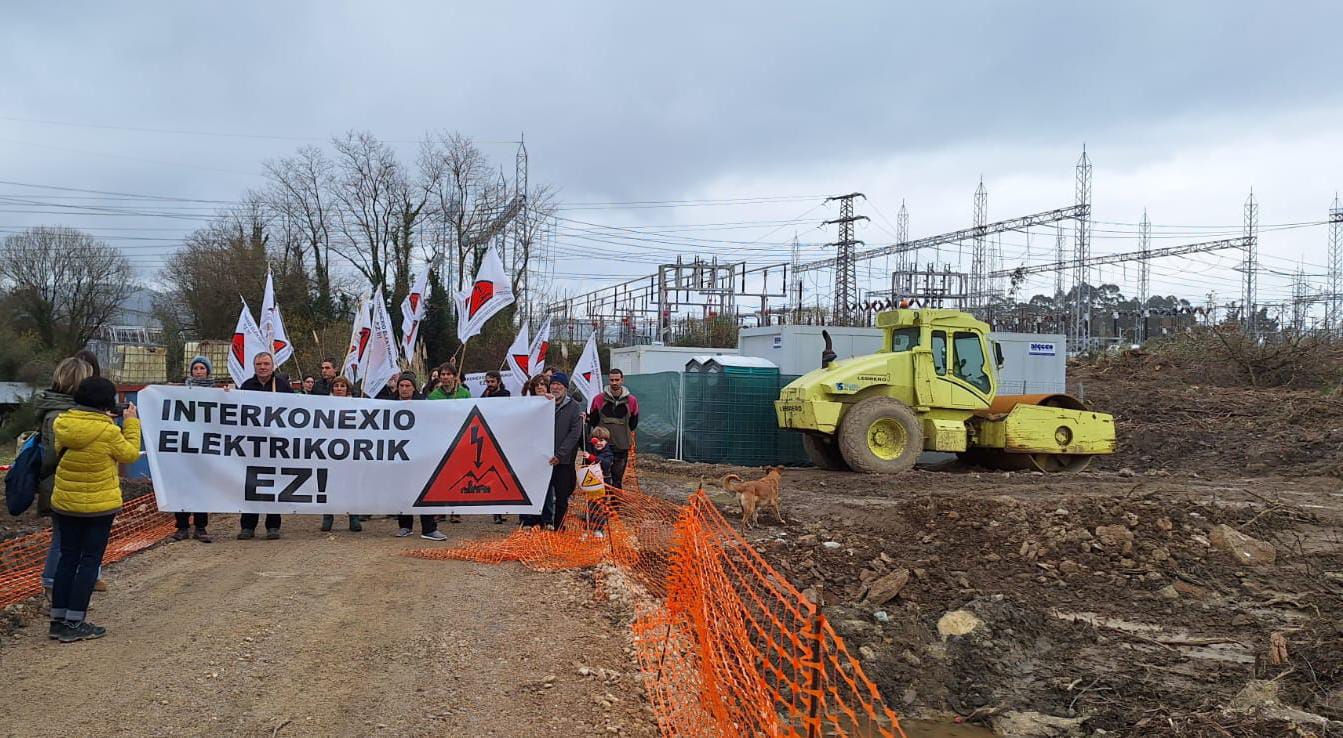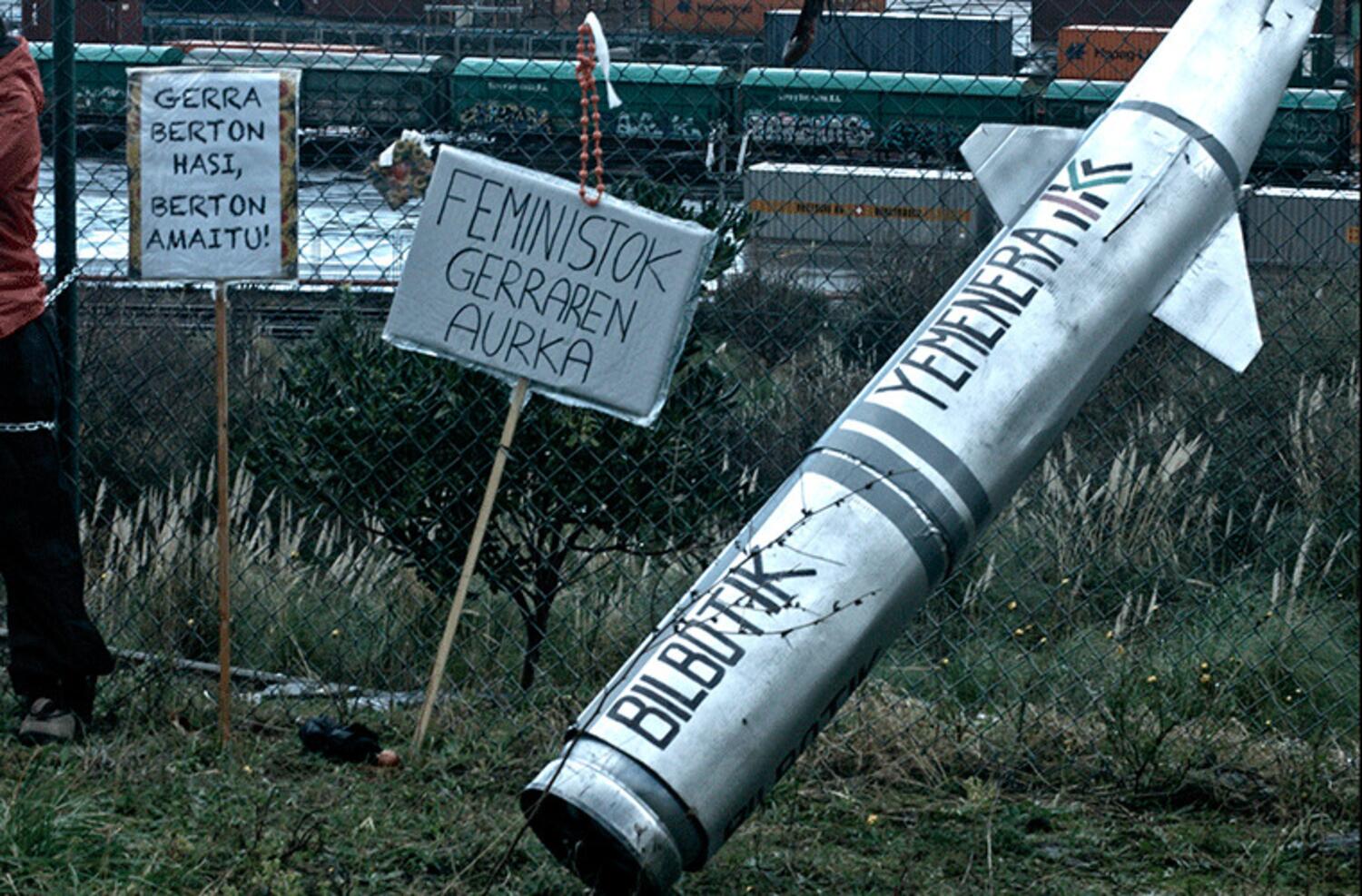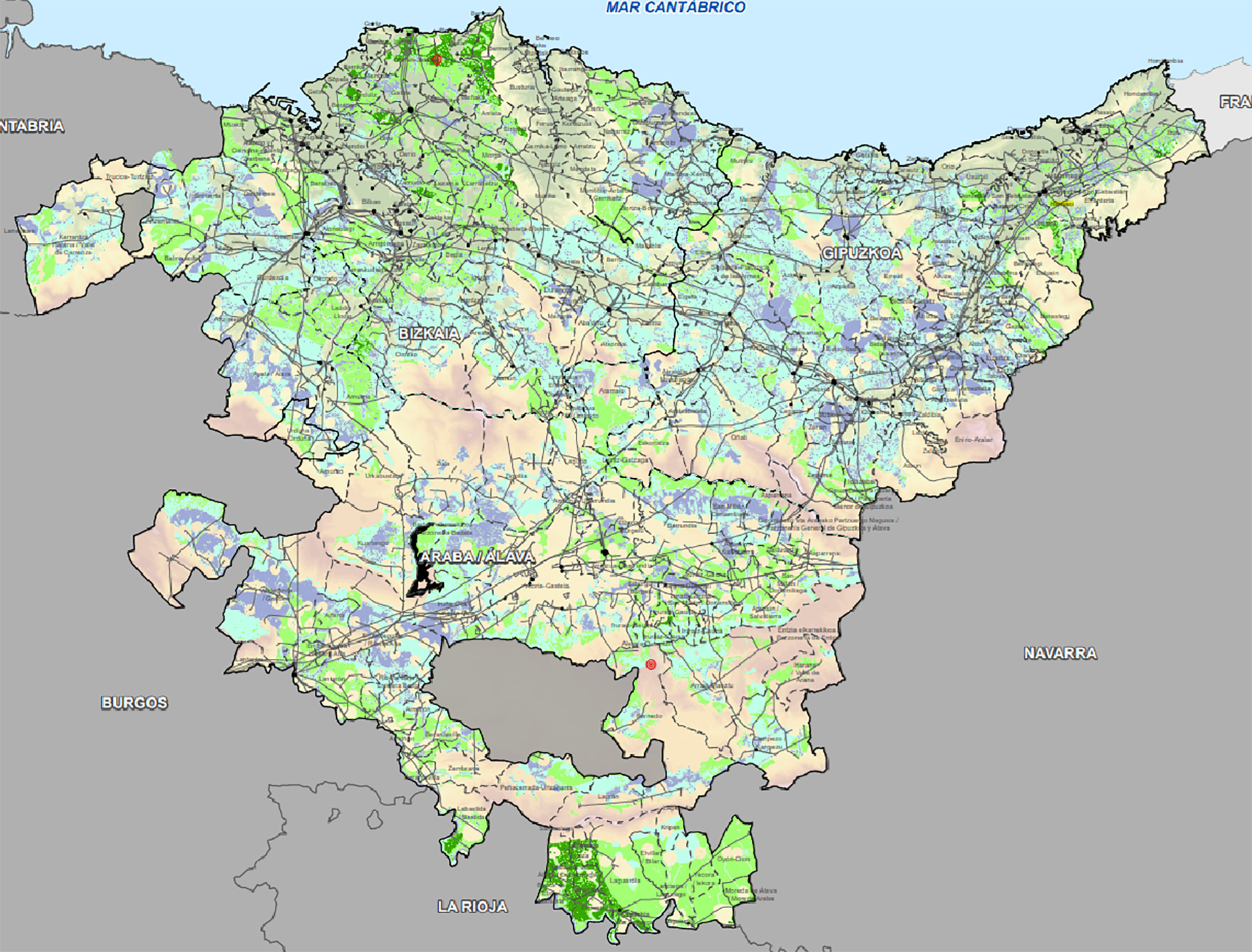Stop Lemoiz and Superphénix!
- Bilbao, 14 July 1977. 200,000 people met to call for a halt to the Lemoiz nuclear power plant project. Two weeks later 60,000 people from all over Europe came together against the Superphénix reactor in operation at the French State Creys-Malville.
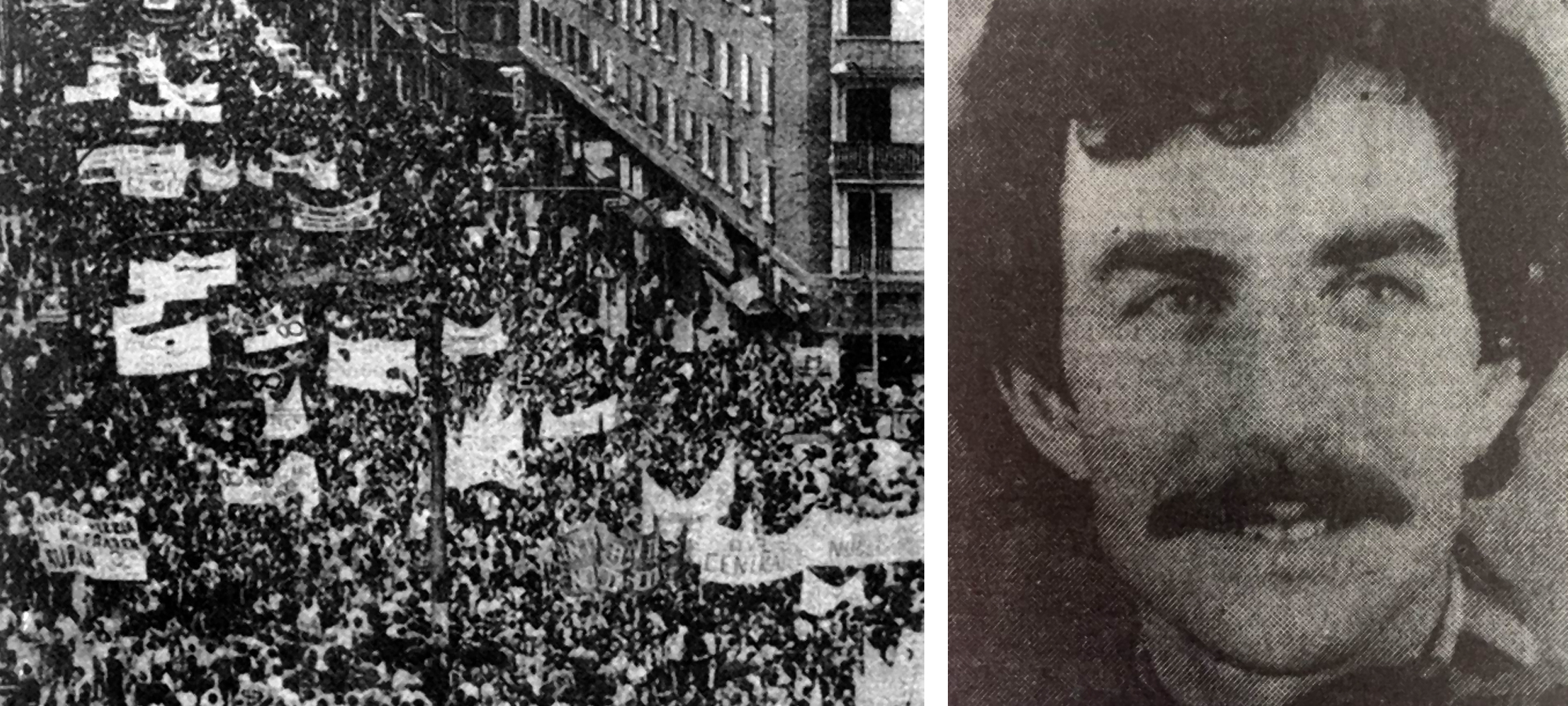
The demonstration in Bilbao was authorized and there was no incidence. At 9 p.m., when the head of the demonstration arrived in Zabalburu, several thousand remained at the starting point. The organization read a text calling for the immediate cessation of Lemoiz's works, the refusal to authorize a plant in Tudela and the withdrawal of the project from the Basque nuclear coast.
Bilbao was not an isolated case, as the antinuclear movement was at the height of Europe, but thanks to the multitude and social consensus gathered there, the movement against the Lemoiz power plant became a reference. A year earlier, the main milestone of the European anti-nuclear movement was in the French Isère, in the Superphènix plant in Creys-Malville. Lemoiz took his witness.
Although the autopsy on the corpse of Vital Michalon evidenced the real cause, the Justice Administration filed the case without demanding any liability.
Prime Minister Pierre Messmer presented in 1974 the Superphénix project, “the most powerful superreactor in the world.” It was launched in 1976 in the Creys-Malville, and that same summer some 20,000 people met to stop the plant. Next summer there will be a lot more people. Faced with the success of the Bilbain demonstration, a couple of weeks later, on 31 July 1977, 60,000 people from all over Europe met at the International Antinuclear March. But the hearing was not allowed. The French Government banned citizens from approaching the power plant and sent 5,000 CRS to comply with the order. The police attacked the demonstrators harshly, using, among other things, grenades. Hundreds of people were injured and the explosion of one resulted in the 31-year-old physics professor Vital Michalon exploding his lungs. According to the first police report, he died of a heart attack.
The Creys-Malville plant was not paralyzed: It was in operation until 1997. And although the autopsy on the corpse of Vital Michalon evidenced the real cause, the administration of justice filed the case without demanding any liability.
In our country, two years later, the civil guard José Martínez Salas shot the ecologist Gladys del Estal to death in Tudela in an anti-nuclear act. He was tried, but he was sentenced to a minimum and does not appear to be put in jail. In addition, a few months later he was given the Cross of Merit of the Civil Guard and ten years later another medal of military merit.
Do not look for this connection from Ezkio or Altsasu, let alone crossing the Ebro River through Castejón. The connection, or rather the connections, between the Basque Y and the AVE of Navarre is already a reality. It is these links in the plural that should concern us and... [+]
Euskal Herri osoan zehar daude mehatxupean hamaika baso, zelai, mendi zein nekazal lur. Horien defentsan diharduten tokian tokiko plataforma asko bildu dira larunbatean Gasteizen, EH Bizirik-ek deituta, inguru naturalaren “suntsiketaren” eta makroproiektuen... [+]
Dakota Access oliobidearen kontrako protestengatik zigortu du Ipar Dakotako epaimahai batek erakunde ekologista, Energy Transfer Partners enpresak salaketa jarri ostean. Standing Rockeko sioux tribuak protesten erantzukizuna bere gain hartu du.
Sareak nabarmendu du Euskal Herri osoko eragileak daudela bertan eta deialdiak 140tik gora atxikimendu jaso dituela: "Horrek islatzen du zein den gaur egungo errealitatearen urgentzia, lurraren defentsaren beharra eta auziarekiko dagoen konpromezua".
Greenpeaceko kideak Dakota Acces oliobidearen aurka protesta egiteagatik auzipetu dituzte eta astelehenean aztertu du salaketa Dakotako auzitegiak. AEBko Greenpeacek gaiaren inguruan jasango duen bigarren epaiketa izango da, lehenengo kasua epaile federal batek bota zuen atzera... [+]











